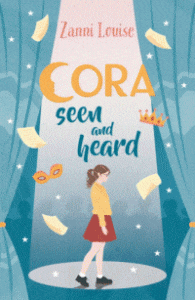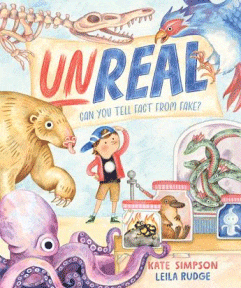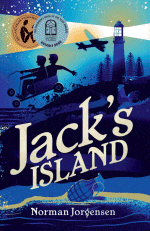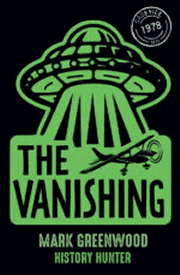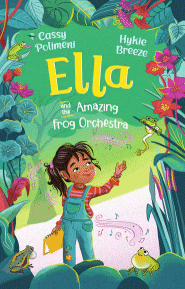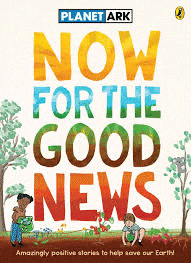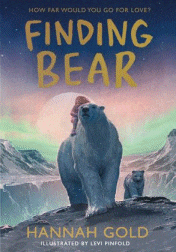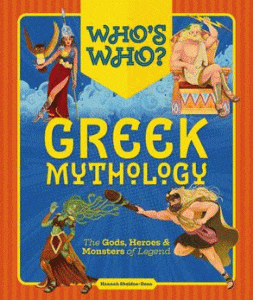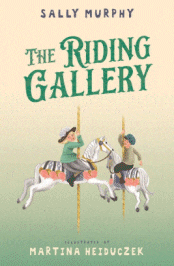
The Riding Gallery
The Riding Gallery
Sally Murphy
Martina Heiduczek
Walker Books, 2024
176pp., pbk., RRP $A17.99
9781760657345
Throughout the year, Anton Weniger travels the countryside with his swing boats, shooting gallery and little merry-go-round, settling in St Kilda in Melbourne for the summer. But Anton has a dream – to build a ride like those he experienced in his boyhood Germany. “a ride of such magic, and beauty and awe that all who sat aboard and all who witnessed would be amazed” and music that sounds like there is an orchestra inside.
But this is 1914 and war between England and Germany is imminent. Evelyn’s dad is a newspaperman and because he must be “where the news is” he is moving his family again, this time from Wodonga to St Kilda. Evelyn is not impressed by yet another move, although being close to the sea appeals, and on her last night before she is uprooted again, her mum takes her to the fairground and there she meets Mr Weniger and she is delighted to discover that his rides will be in St Kilda each summer. Perhaps the move won’t be so bad after all. In fact, once she meets Rory-over-the-fence, who despite being a boy, becomes her BFF and Mr Weniger arrives with his rides, St Kilda becomes a place of wonder and fun. Until it’s not.
Because Mr Weniger is a German immigrant and suspicion and hatred run deep. When Rory’s three older brothers join up to fight “the Hun” Evelyn’s relationship with him starts to splinter because while she enjoys the magic of the rides, even moreso when Mr Weniger’s dream carousel comes to fruition and she is among the first to ride it, Rory sides with those who have a hatred of all Germans and all things German, made more acute when one brother comes home badly injured and the other is killed….
Based on true events, this is a verse novel told by Anton Weniger, Evelyn and Rory which explores the perspectives of each as their worlds collide and a faraway war has an impact on each of their lives, a technique which allows the reader to see inside the thoughts and feelings of each character and understand their point of view. Each of their poems is interspersed with “found poems”, created by “using only words and phrases that appeared in original articles from 1914-1918, which tell the story of the progress of the war itself.
While, for younger readers, this is a poignant story that introduces the concepts of perception and position in a story and how friendships can grow and change through circumstances, for older readers, excellent teachers notes explore the characters and their relationships, and the impact of outside influences on those, as well as the choice of format in much greater depth.
For me, the ending was the twist because it fast-forwards 50 years when Evelyn watches her granddaughter on the very carousel that gave her so much joy – a carousel that has given my own son and granddaughters just as much joy on a regular basis as their childhoods have been spent in Canberra. All Anton Weniger ever wanted to do was build a riding gallery that provided wonder and happiness for those that rode it. With its “fifty two horses running four abreast carved with spectacular detail, decorated with glass jewels that sparkle in the light, two wooden elephants safe enough for the littles children, panels painted with scenes of Australia, of the world of happiness, mirrors that dazzle and reflect riders and spectators and an organ that plays such lovely music” and he would be thrilled to know that 110 years on, not only did his dream come true but it lives on.
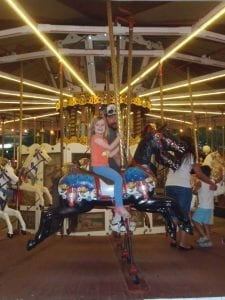
Anton Wneiger’s dream lives on…

